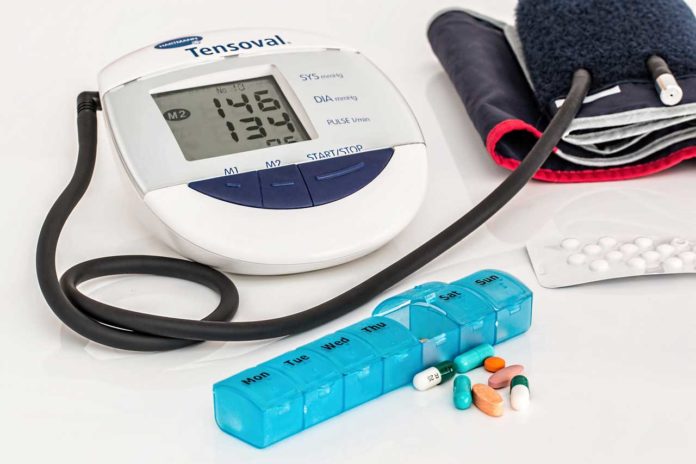Statins are the most widely prescribed drug in the Western world. Their use is predicted to rise further due to recent reductions in the cardiovascular risk threshold for statin prescription across the globe. However, cardiovascular benefits of statins are restricted by adverse effects that limit adherence and, in turn, increase cardiovascular events and mortality.
The most common side effects and the main reason for discontinuation of therapy emerge from skeletal muscle.
Now, scientists seem to finally found the potential cause of statin-related muscle pain.
In the latest findings, they suggest that statins cause spontaneous and irregular leaks of calcium from storage compartments inside muscle cells. Under normal conditions, co-ordinated arrivals of calcium from these stores make the muscles contract. Unregulated calcium leaks may damage muscle cells, conceivably prompting muscle pain and weakness.
Some people’s muscle cells can bear this calcium leak. But, in people who are already susceptible due to their genes or lifestyle, the leak caused by statins may overwhelm the muscle cells, giving rise to muscle pain and weakness.
The study explains why just a few people experience muscle pain after taking statins and could help specialists to distinguish those well on the way to experience symptoms so they can be offered alternative treatments.
Dr. Sarah Calaghan, Associate Professor of Cardiac Physiology at the Faculty of Biological Sciences at Leeds said: “The idea that exercise makes statin side effects worse might be a misconception – what really matters is the intensity of exercise.”
“We found that moderate exercise canceled out the changes in muscle cells caused by statins. We know around 7 in 10 professional athletes can’t tolerate statins – and we know that intense endurance exercise has profound effects on the gatekeeper proteins targeted by statins. The added effect of statins could push muscles over the edge, leading to symptoms.”
“The good news is, after twenty years of searching, we finally have an explanation for statin-associated muscle pain, along with a possible solution. If you weren’t convinced to exercise already, here’s another reason.”
Significantly, the investigation likewise proposes that the conceivably destructive impacts of statins on muscle can be countered with exercise. At the point when rodents were given access to an exercise wheel, the statin-related changes to the gatekeeper proteins never again occurred and pro-cell demise signals were not raised in the muscles. Actually, rats treated with statins ran twice than control rats. The discoveries challenge past reports that exercise exacerbates statin reactions.
Though, scientists did not directly show that the cell changes lead to muscle weakness and pain in people, but note that this is likely.
Professor Metin Avkiran, Associate Medical Director at the British Heart Foundation, which funded the research, said: “Statins are life-saving drugs and most people who take them don’t experience side effects. Those who do suffer muscle pain and weakness should always ask their doctor if a different statin or dose might solve the problem.”
“Identifying how statins affect muscle cell biology is the first step in preventing potential muscle side effects – and ensuring that people who are susceptible to those side effects do not miss out on the protection afforded by statins.”
“Ultimately, everyone has control over the medications they choose to take. When weighing up whether to take statins, talk to your GP. After assessing your personal risk and advising on lifestyle changes, they will help you make an informed decision that is right for you.”
The findings, by scientists from the University and the Karolinska Institute in Sweden, are published in the journal JACC: Basic to Translational Science.
